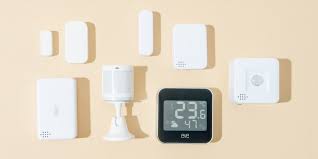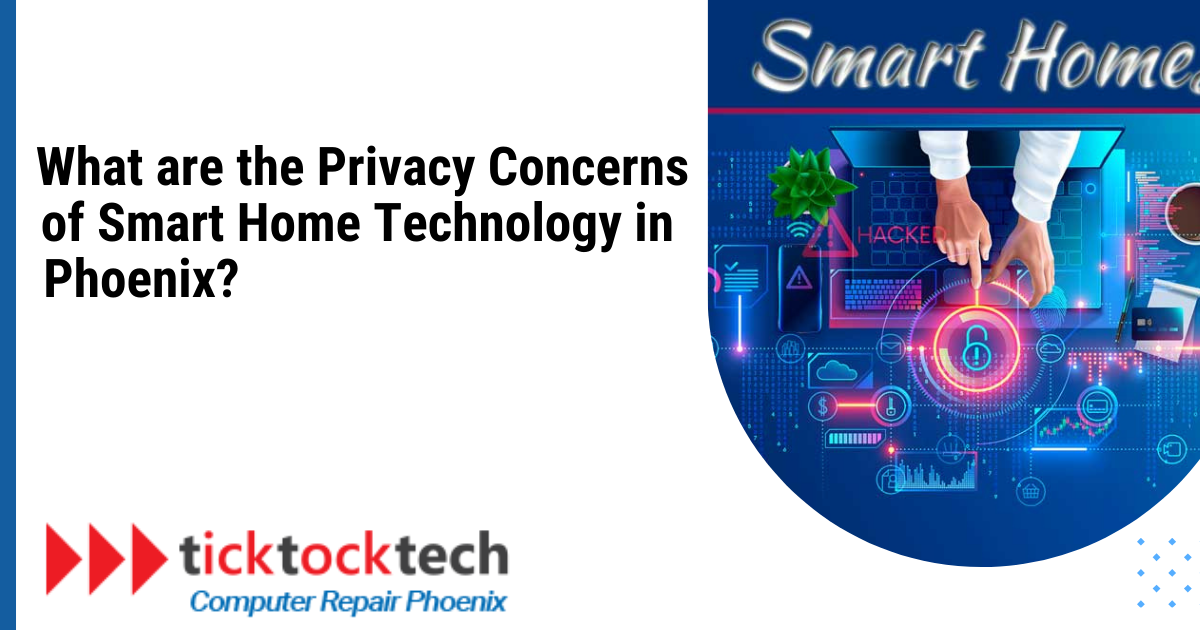Smart home technology works with different technologies, and they use data, Just like the computing system, which uses data to give information. Lighting, energy, heating, sensors, AI, voice control, and video security are part of the smart home devices’ activities. You can get the complete smart home device for every room in your house, even your compound. Devices like smart bulbs, Smart cameras, Smart locks, House robots, and more. With the sensors on all of these devices, they can monitor their surroundings, gather data, and produce reports that can be sent via the Internet or stored in the cloud.
However, have you ever wondered how smart home device sensors work? Or how do smart home sensors make use of data collected while giving you responses? You might also wonder what smart home device manufacturers do with the data collected by your devices. All your answers are right in this post.
1. Security and Encryption of Data
One of the main issues with smart home technology is the security of the data that is generated and sent by the devices. In the absence of robust encryption, malicious actors may be able to intercept and obtain private data, including video feeds and user preferences. The possibility of unauthorized access to this data highlights how crucial stringent security measures are in protecting user privacy.
Related: Data security and its importance in 2024
2. Cooperation and external access
Many smart home gadgets employ third-party services to enhance their performance. This begs the question of how much personal data these outside companies actually have access to. Consumers can be worried about the potential for cooperation between other businesses and gadget makers, which might lead to the unapproved sharing of private data.

3. User Awareness and Informed Consent
Users’ lack of knowledge about the collection, use, and sharing of their data is not the only thing raising privacy concerns. Informed consent becomes challenging when consumers are unaware of the extent to which their smart devices track and use personal information. Making informed decisions is contingent upon data processes being transparent.
4. Device Security Vulnerabilities
Just like any other connected device, smart home technologies can have security vulnerabilities. In the event that these vulnerabilities are taken advantage of, there may be unauthorised access, data breaches, or modifications to device functioning. The fear of possible breaches emphasizes how important it is to have strict security procedures and frequent software updates.
5. Selecting Between Privacy and Convenience
Finding the right balance between smart home technology’s convenience and user privacy protection can be challenging. Even while these gadgets make life easier, users still need to investigate privacy settings and select granular limitations to reduce the amount of data sharing. Maintaining this fine balance ensures that privacy is not compromised in order to reap the benefits of smart homes.
How Does Smart Home Sensors Work?
Smart home sensors, such as motion detectors, temperature sensors, and door/window sensors, collect data about your home environment and activities. Also, this data is typically transmitted wirelessly to a central hub or the cloud for processing and analysis.
It is possible to send and process electrical signals more readily by using a sensor, which translates the physical action to be monitored into an electrical equivalent. The sensor can produce a binary result indicating the presence or absence of an object, as well as an analog or digital output indicating the measurement value attained.
Unsung heroes who enable automation are the sensors installed in smart homes. Various technologies, like as motion detection, cameras, and environmental sensors, are employed by these gadgets to detect alterations in their surroundings. To switch on the lights or change the thermostat, for example, a motion sensor may first sense movement and then carry out certain operations. An in-depth knowledge of these systems is necessary in order to fully appreciate the potential privacy consequences.
How Does Smart Home Sensor Work with Data?
Sensitive technologies in smart homes collect data constantly in order to enhance their reactions over time. This situation necessitates the processing of data either locally or in the cloud. Because the device is responsible for local processing, the amount of data exposed is reduced. Cloud-based processing, on the other hand, frequently necessitates transmitting data to remote servers, which raises questions about who has access to this information and for what reason.
Consider installing an intelligent camera that can record video of your living space. Some cameras’ data is processed and stored locally, while others’ data may be transferred to the cloud for analysis. Also, as a result, potential vulnerabilities are developed, particularly if the data is not effectively safeguarded while being delivered or stored.
Where are the Data from Smart Home Devices Stored
The storage of data generated by smart home devices is one major privacy concern. These devices gather a wealth of data, ranging from daily routines to personal preferences. So, where does all of this information go?
Related: How to secure smart home devices in 2024
The data from smart home devices is typically saved in the cloud. Cloud servers are frequently used by companies that sell these devices to upload and process user data. This centralized storage raises concerns about sensitive data security. Also, personal information and behavioral patterns could be compromised in the event of a data breach.
Furthermore, cloud storage necessitates reliance on the service provider. Users must have faith that these businesses have strong security measures in place to protect their data. To alleviate this worry, select reputable smart home device manufacturers who prioritize user privacy.
What are the Privacy Concerns of Smart Home Technology?
The main areas of concern for privacy with smart home technology include data security, user knowledge, third-party access, and device security vulnerabilities. Data encryption, possible third-party partnerships, informed consent requirements, and the risk of device vulnerabilities present challenges for users.
Strong privacy protections are important, as demonstrated by real-world instances such as voice assistants recording private conversations and unauthorized access to camera feeds. Granular privacy controls must be put in place, privacy audits must be conducted on a regular basis, and open-source solutions must be taken into account for transparency. Additionally, to benefit from smart home technologies while safeguarding their personal data, users must successfully negotiate these obstacles.
How do I overcome Security concerns in Smart Home Technology
To address security risks with smart home technologies, take a proactive approach by taking the following steps:
1. Increase network security: Make sure your Wi-Fi network has a strong, unique password, and consider creating a separate network for smart devices.
2. Update firmware and software on a regular basis: Check for updates and apply them as soon as possible to fix security issues.
3. Put in place two-factor authentication (2FA): To improve device security, add an extra layer of protection.
4. Audit and review device permissions: Examine and limit superfluous rights to reduce privacy threats.
5. Invest in local storage solutions: To lessen reliance on online storage, choose devices with local storage.
6. Keep third-party integrations in mind: Stick with trusted brands and thoroughly examine security measures for connected devices.
7. Monitor device activity on a regular basis: Keep an eye on activity logs for suspected security breaches.
8. Educate household members: Create a cybersecurity awareness culture to make security a team effort.
Conclusions
In conclusion, Phoenix smart home privacy risks include data security, user awareness, third-party access, and device vulnerabilities. Security and service provider dependence are concerns with cloud data storage. Strong network security, regular updates, two-factor authentication, careful device permissions, preference for local storage. Additionally, cautious third-party integrations, vigilant device activity monitoring, and household cybersecurity awareness are needed to address these concerns. Lastly, these obstacles must be navigated to balance smart home convenience and privacy.

